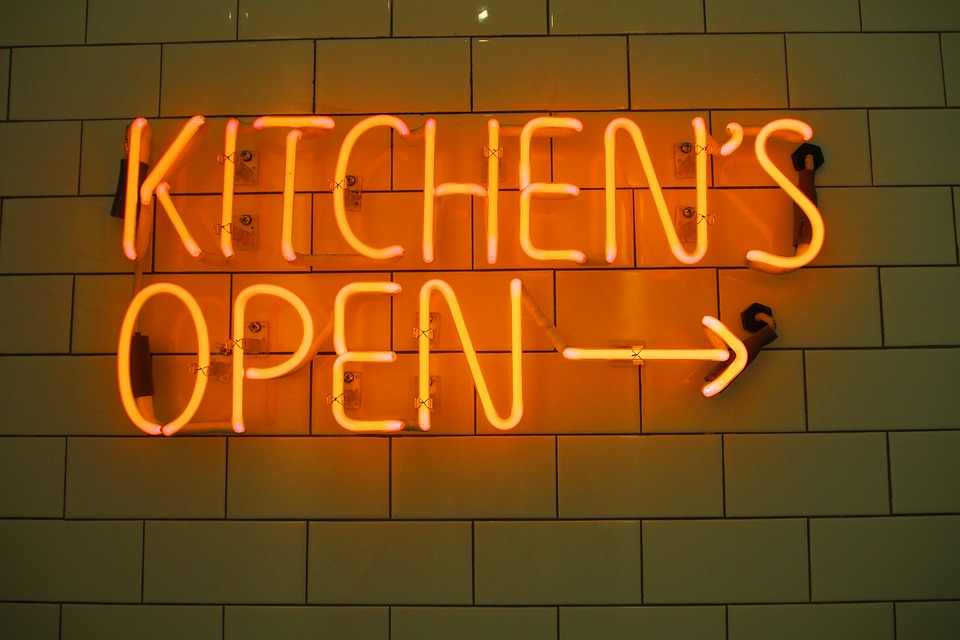Getting your business started requires a lot of time, energy, and money. But due to the unique nature of a restaurant business, you have to go the extra mile to get your business off the ground. Studies have shown that the start-up median cost stands at around $250,000.
Having invested such a high figure in starting a business, you need to follow your business plan strictly. It’s, therefore, important to understand how to breakdown your expenditure since expenses like restaurant insurance cost can easily be forgotten.
Generally, some expenses are easier to forget than others when opening a new restaurant. Here are the top 7 expenses that most people forget when starting a new restaurant.
1. Administrative Charges
Before you start business operations, you need to register your commercial entity with the relevant authorities. This involves submitting some paperwork and fees to state authorities, paying franchise taxes, and working with an attorney to take care of the legal requirements.
Legal bills can range from $1,000 to $4,000 and sometimes may exceed this amount. The legal expenses might get higher if you opt to get incorporated into a corporation.
2. Insurance Coverage Cost
Proper insurance coverage is important for any business. Restaurants are prone to many risks. It’s, therefore, important to ensure that your new restaurant is fully covered against different liabilities from the beginning. The people flocking your business premises can fall and sustain an injury due to a slippery floor.
Employees, like those busy in the kitchen, are at the risk of injury from fire and dangerous equipment. At the very least, you need general liability insurance cover. This takes care of claims resulting from everyday accidents and incidents in your restaurant.
Restaurant insurance costs vary based on the size, location, and functions of the establishment. However, most insurance companies offer startups cover ranging from around $6,000 a year upwards.

3. Permits and Licenses Expenses
You can’t operate a restaurant without a food establishment permit. That’s because the government regulates the food and beverage industry. Failure to comply with the permit and licensing requirements will see your business closed down even before taking off. All these permits and licenses have a financial implication that you must consider before starting a new business.
Here are some of the permits and licenses you will need to open a new restaurant:
- Food Service License
- Liquor License
- Food handlers Permit
- Employer Identification Number
- Sign Permit
The costs of acquiring these permits and licenses will vary depending on the state or country where you are opening a new restaurant.
4. Accounting and Payroll
For any business to be successful, an updated bookkeeping system is a must-have. Accounting software can be your best friend because it can simplify the job without breaking your budget. Options like Quick books Online are easy to integrate seamlessly with the point of sale system. Such accounting and payroll systems increase business efficiency while preventing errors in accounting.
More Related Guides:
5. POS Technology
The point of sale is where the bills are going to be generated and it needs to be linked to an accounting package for seamless accounts keeping. As a small start-up business, you don’t have to spend a lot of money on buying complex POS systems with features you don’t need. Instead, check out for affordable options.
6. Marketing Cost
Don’t imagine that once your business is set up customers will come in automatically. Marketing is a key background for a successful restaurant business. Social media and digital strategies are very valuable for new restaurants. For instance, promoted ads cost a few hundreds of dollars.
Social media works well with a good digital presence, hence, the need for a website. Ensure that your restaurant has a website that utilizes responsive design for mobile compatibility. Moreover, it should have high-quality content that adheres to SEO practices.
7. Equipment and Supply Costs
Opening a restaurant will need a lot of investment in equipment and supplies. For instance, kitchen appliances can be very costly. These costs make a restaurant more expensive to start when compared to other small businesses.
Common costs for equipment and supply include those for:
- Cooking utensils, grills, immersion cookers, broilers, pasta cookers, and steamers.
- Work spaces like counters, units for storage, chilled food tables, and others.
It’s important to take into account all these elusive costs like restaurant insurance cost that most people forget when opening a new restaurant. This will help you budget for the available capital properly.
8. Working Capital
Working capital is not really an expense but it makes sense to treat it as such. It’s described as the cash fund to cover the everyday expenses of running the business, whether or not you are making a profit. It’s the fund that keeps the lights on and the vendors paid.
Often inexperienced entrepreneurs spend all of their budget on decorating and buying kitchen equipment. When they start their business, they have limited cash and they become fully reliant on their new business for covering day-to-day expenses.
This is a poor strategy because businesses need time to establish themselves and become profitable. A restaurant can take years to break even and an experienced business person needs to budget for a healthy working capital to sustain the initial turbulent times.
While most successful businesses cover their expenses from the money they make, it’s not something that a new restaurant should depend on. You should ideally have enough money to sustain the business for 6 months without making a profit.
9. Food Waste
Restaurants are highly regulated and among the many food safety regulations they need to follow is throwing away stale or expired items. This means, no matter how carefully you plan your inventory, there is always going to be food wastage. There are ways to reduce food wastage, but even the most experienced restaurateurs cannot reduce the wastage to zero.
So, they need to account for food wastage right from day one and at the time of opening the restaurant.







